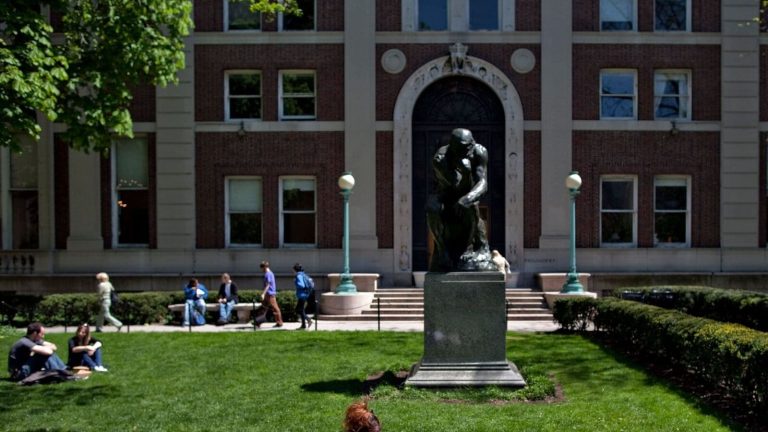As the Indian rupee continues to fall against the US dollar, students from India who plan to travel abroad for higher studies stare at a tough road ahead. Recently, the rupee breached 87 against the dollar, thus making it more challenging for foreign-bound Indian students to study abroad.
Notably, US President Donald Trump’s anti-immigration policies have also caused US-bound international students to get rattled and worried about their plans. Most Indian students spend a fortune studying in America with the intent of settling there. So the Trump-led anti-immigration policies are expected to leave the students anxious.
In the last one month, the RBI has intervened in the foreign currency markets to prevent the rupee’s further fall. Although the banking regulator’s intervention strengthened the rupee by nearly one per cent against the US dollar, the rupee still trades nearly five per cent lower than its level one year ago.
Students who are planning to go to the United States or any other Western country this year will have to cough up more money in terms of Indian currency.
5 per cent fall in one year
Nearly a year ago, the dollar traded around 82.87 against the Indian rupee, according to Investing.com data. On February 25, the US dollar trades at ₹87.089 per unit, which means the rupee has declined by over 5 per cent in just one year.
The total cost to study in America can range between $60,000 and $1,00,000 for a year. In addition, there is a living expense of another $20,000.
Overall, it costs $80,000 to study in the US for one year, which is ₹69.67 lakh instead of ₹66 lakh, or an extra cost of ₹3.67 lakh. This difference is for one year. If the programme runs for two years, the extra cost would be ₹7,34,000.
Higher budget needed
Some experts suggest that US-bound Indian students will need a higher budget this year not only for tuition but also for living expenses. It is also recommended to hedge against currency risks by investing in diversified financial instruments.
“The depreciation of the Indian rupee significantly impacts the cost of studying abroad, making tuition fees, living expenses, and other expenditures more expensive in rupee terms. For instance, if the rupee weakens against the US dollar or other major currencies, students have to allocate a higher budget for education expenses by compromising on retirement or other goals, increasing the financial burden,” says Rozy Efzal, Co-founder, Invest4edu.
“Parents and students must proactively hedge against currency risks by investing in such assets as mutual funds and foreign currency deposits,” she adds.


